BestReviews is reader-supported and may earn an affiliate commission. Details
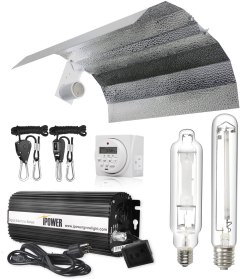
A great ballast that delivers excellent power.
A great ballast that delivers excellent power.
It ships with everything you need to start using it immediately. Includes a large wing reflector that helps you make the most of the light that’s generated. Extremely easy to use. Includes multiple dimmable settings.
Generates more heat than you’d like to see, and it doesn’t ship with a fan.
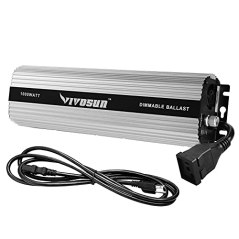
A great ballast for the budget-conscious consumer.
A great ballast for the budget-conscious consumer.
The power begins at 1,000W but can be dimmed to lower wattages if needed. Comes with a 3-year warranty. It will automatically turn off if it becomes too hot. Has a solid internal exhaust fan.
Can't be combined with other companies' equipment.
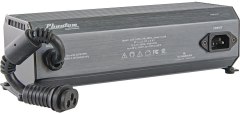
Premium digital ballast with near-silent, cool, and smart operation.
Premium digital ballast with near-silent, cool, and smart operation.
Intelligent microprocessor effectively monitors the internal heat buildup, preventing spikes and decreasing the chance of fire or damage. Built-in LED indicators warn of lamps starting to die.
The lamp life indicator can come on even when the lamp has plenty of life left.
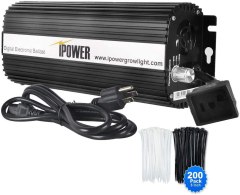
A nice ballast with lots of features for its price point.
A nice ballast with lots of features for its price point.
Has a wide variety of dimming options. The built-in cooling fan keeps the ballast from overheating. Has decent bulb protection. Operates in any voltage capacity you need up to 265.
The power cord may be a little short for some growing spaces.
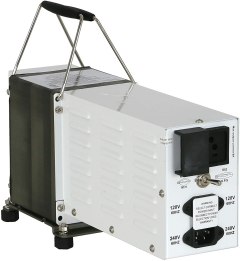
A versatile ballast that is great for a wide variety of plants.
A versatile ballast that is great for a wide variety of plants.
The ballast can switch between 2 lamp styles if need be. The exposed design ensures that it runs cool even on the highest wattage output. Comes with a 120v cord but it can also take 240v if needed.
The light has a yellow hue which may be annoying to some consumers.
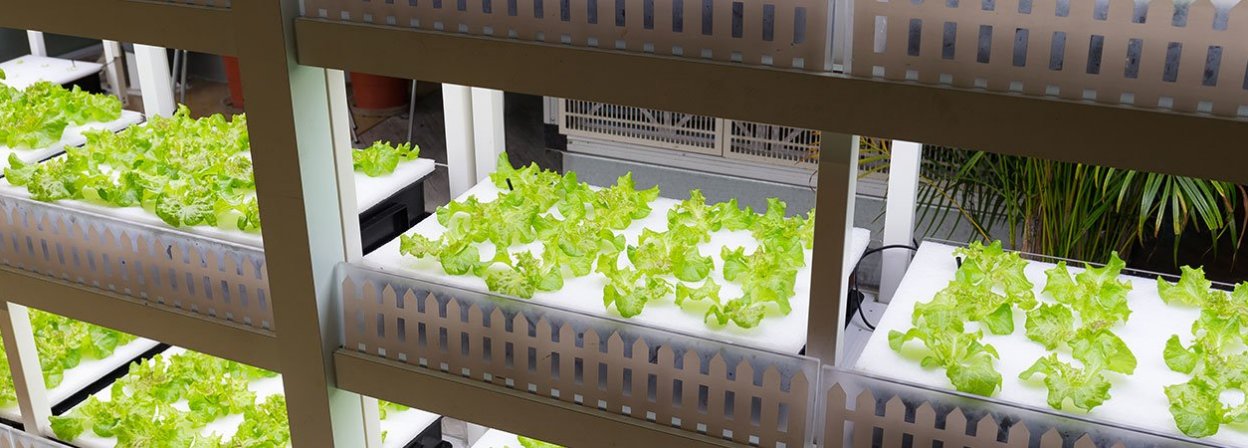
We recommend these products based on an intensive research process that's designed to cut through the noise and find the top products in this space. Guided by experts, we spend hours looking into the factors that matter, to bring you these selections.

If you’re looking to enhance the capabilities of your greenhouse or grow room, great lighting is key. Without the right light, your plants won’t perform like you want them to.
A digital ballast is the answer. It integrates technology with the lighting system, ensuring that your plants receive the proper kind of light. A digital ballast shields the lighting system from power fluctuations: if the input voltage from the power system suddenly increases, the ballast protects the bulb.
Once you understand digital ballasts and properly employ them, you’ll be amazed at how much better your plants perform. Read on to learn more about digital ballasts and how they can help you.

Some ballasts are able to accept bulbs of different maximum wattages. This is a nice feature to have, as it gives you more flexibility in your grow room or greenhouse.
Cheap digital ballasts don’t offer adequate dimming capabilities, but high-end units do, and this sets them apart. The dimming feature allows you to change the intensity of the light quickly, giving plants the exact level of lighting they need without wasting electricity.
Your plants don’t care if your digital ballast makes noise, but you probably do. Your greenhouse or grow room should be a place of serenity, not a noisy area that makes you feel tense. A high-quality ballast runs quietly. A poorly made ballast may have an annoying humming or buzzing sound.
Some digital ballasts have a boost setting, which increases the wattage at which they run. For example, if you normally run at 600 watts, the boost feature will allow you to run at 5% or 10% higher than 600 watts. This comes in handy when a bulb is nearing the end of its lifespan; you can squeeze a bit more light from a fading bulb.
Digital ballasts tend to generate quite a bit of interference with radio signals. This interference can extend as far as a few hundred feet from the ballast. High-quality digital ballasts include RF shielding to reduce the problem.
Your digital ballast must protect the bulb. Without protection, the bulb would burn out or burst soon after you plugged the unit into an outlet. Ballasts have voltage control built in; this is sometimes called ignition voltage control. The ballast regulates the voltage sent to the bulb, protecting the bulb from unwanted fluctuations while maximizing the lifespan of the bulb.
You will want your digital ballast and bulb to generate the light your plants need. However, you don’t want it to generate excessive heat, as this could harm your plants. High-end digital ballasts will run cooler than cheaply made units, often using a fan.

Digital ballasts vary in price, an the amount of wattage they generate plays a big role in the cost.
If your budget for a digital ballast is less than $100, you can find some basic units that have 400 to 600 watts of power. To save money, some manufacturers only ship the ballast; you’d have to purchase other components separately, including the bulb.
More expensive digital ballasts made for residential use cost $100 to $300. These units have up to 1,000 watts of power. Instead of receiving the ballast alone, you are likely to receive all of the parts you need to begin using it immediately. These products have multiple dimming options, allowing you to select lighting intensity.
Professionals may need additional power and features, such as a fan for cooling the bulb. High-end digital ballasts cost several hundred dollars. Some greenhouse kits that cost more than $1,000 will ship with the digital ballasts you need for the size of the greenhouse.
Whether you’re maintaining a greenhouse or a grow room, finding the perfect ballast to meet your lighting needs and budget is key. We’ve put together some tips to help you use these systems successfully.
Know your ballast options. If a digital ballast is outside your budget, educate yourself on the other types of ballasts that are available. A magnetic ballast makes use of an electromagnetic system to control lighting voltage. An electronic ballast uses limited technology to control the power.
Magnetic ballasts have some disadvantages. If you choose a magnetic ballast, understand that it is far bulkier than a digital ballast. Magnetic ballasts hail from an older system design that generates extra heat as it runs, which could harm plants.
Electronic and digital ballasts are not the same thing. A digital ballast contains a microprocessor; an electronic ballast does not. The microprocessor allows the digital ballast to run more efficiently and use advanced technology. You can also control the light in the digital ballast more precisely than you can the electronic ballast’s light.
One of the easiest models to set up and use is the VIVOSUN Hydroponic 400 Watt Digital Ballast. It has a dimmable light feature, which is nice to find in a beginner-level ballast.
The Hydro Crunch 600 Watt Digital Ballast may save you some money while delivering a desirable level of wattage. It doesn’t have a reflector, though.
For even more power, we like the Hydroplanet 1000 Watt Digital Ballast. It has a lot of high-end features, all at a reasonable price.

Q. Will I save any money on my power bill if I connect the digital ballast to a 240V outlet?
A. Not really. Using a 240V outlet instead of a 120V outlet would reduce the amount of amperage the digital ballast uses. However, you wouldn’t have a significant reduction in wattage using 240V over 120V, so your power bill would not change much.
Q. Can I plug an extension cord into my digital ballast?
A. Yes, as long as you use it safely. Each extension cord is rated to handle a maximum level of wattage or amperage. Figure out the levels that the digital ballast will generate as it operates. Select an extension cord that can run safely at those levels.
Q. Am I better off designating the majority of my budget to the digital ballast or the bulb?
A. Both items are important. Ideally, you would have the funding available to pair a high-end ballast with a high-end bulb. But if you don’t have the money for both, we suggest devoting the majority of your expense to the digital ballast. It’s designed to last for several years, while a bulb is only designed to last for a year or slightly more.
Q. How often do I need to replace the bulb in the digital ballast?
A. Nearly any bulb will give you at least six months of adequate lighting. Many bulbs provide up to a year of high-quality lighting. Some run even longer than that, but the performance of the bulb tends to degrade after a year. So replacing the bulb roughly every 12 months is a good idea.
Get emails you’ll love.
Learn about the products you’re wondering if you should buy and get advice on using your latest purchases.
